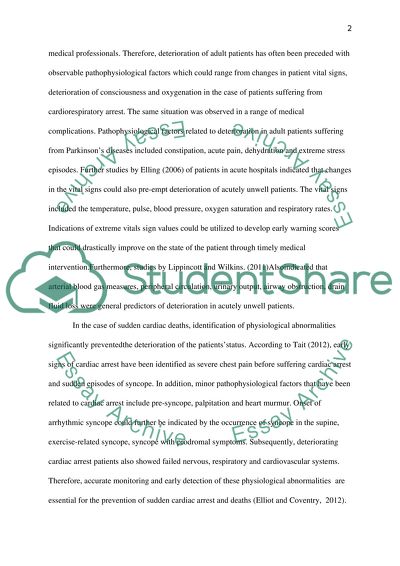Cite this document
(“Rapid Response to Deteriorating Adult Patient Essay”, n.d.)
Retrieved from https://studentshare.org/nursing/1654640-recognising-care-of-the-deteriorating-adult-patient
Retrieved from https://studentshare.org/nursing/1654640-recognising-care-of-the-deteriorating-adult-patient
(Rapid Response to Deteriorating Adult Patient Essay)
https://studentshare.org/nursing/1654640-recognising-care-of-the-deteriorating-adult-patient.
https://studentshare.org/nursing/1654640-recognising-care-of-the-deteriorating-adult-patient.
“Rapid Response to Deteriorating Adult Patient Essay”, n.d. https://studentshare.org/nursing/1654640-recognising-care-of-the-deteriorating-adult-patient.


